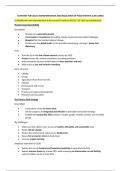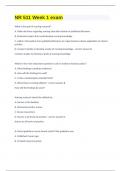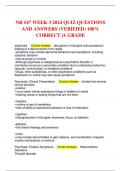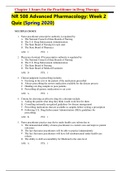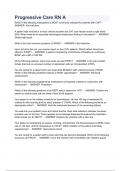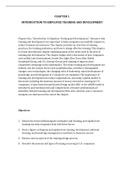Samenvatting
Summary Legal Transformation and Regulation of Food Systems LAW-32806
- Instelling
- Wageningen University (WUR)
GRADE: 7.5. This document is a summary of the course Legal Transformation and Regulation of Food Systems (LAW-32806). Summary is made based upon the learning objectives of the course. Please note that this summary was written during the 2023/2024 academic year, and the content may have changed sinc...
[Meer zien]
